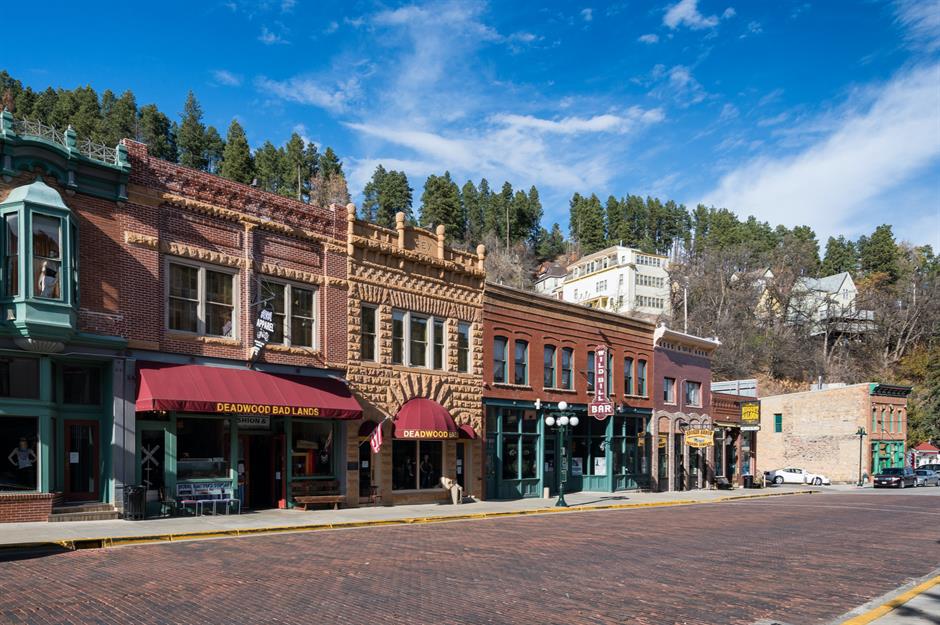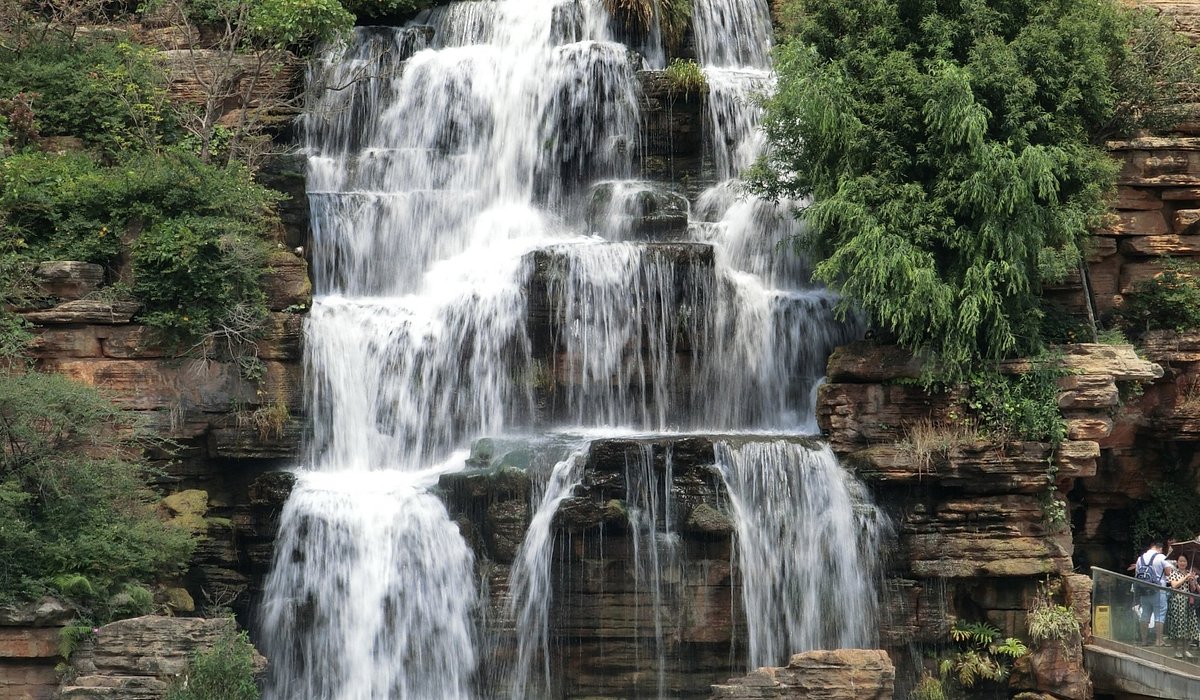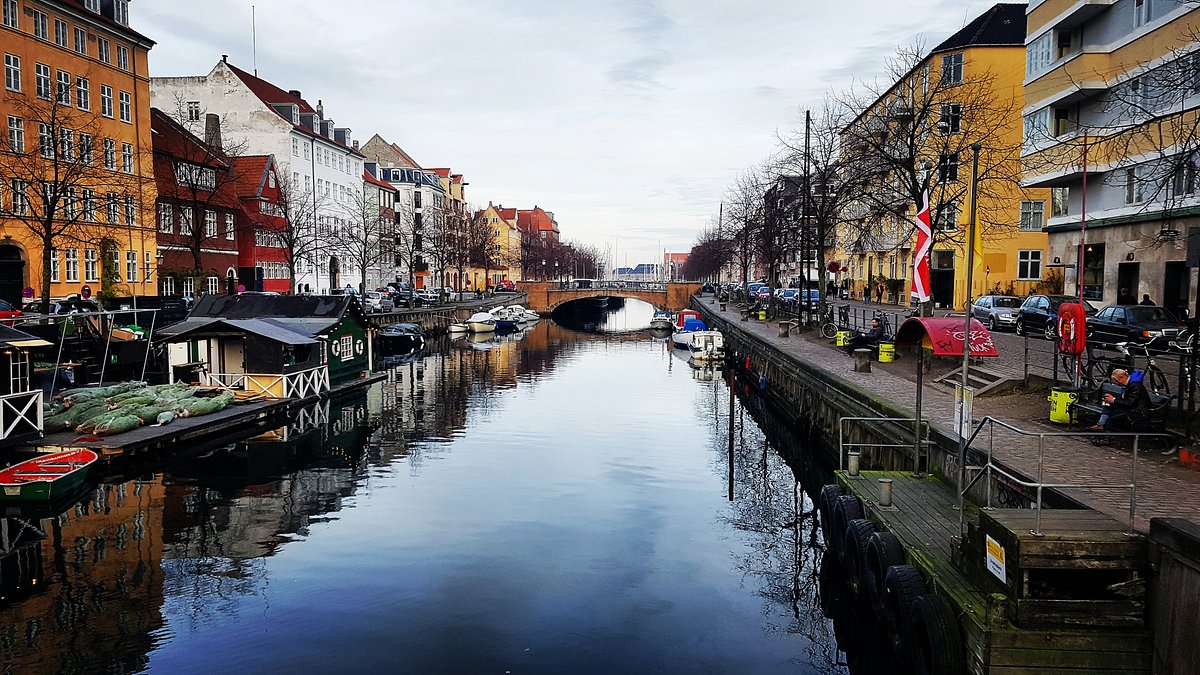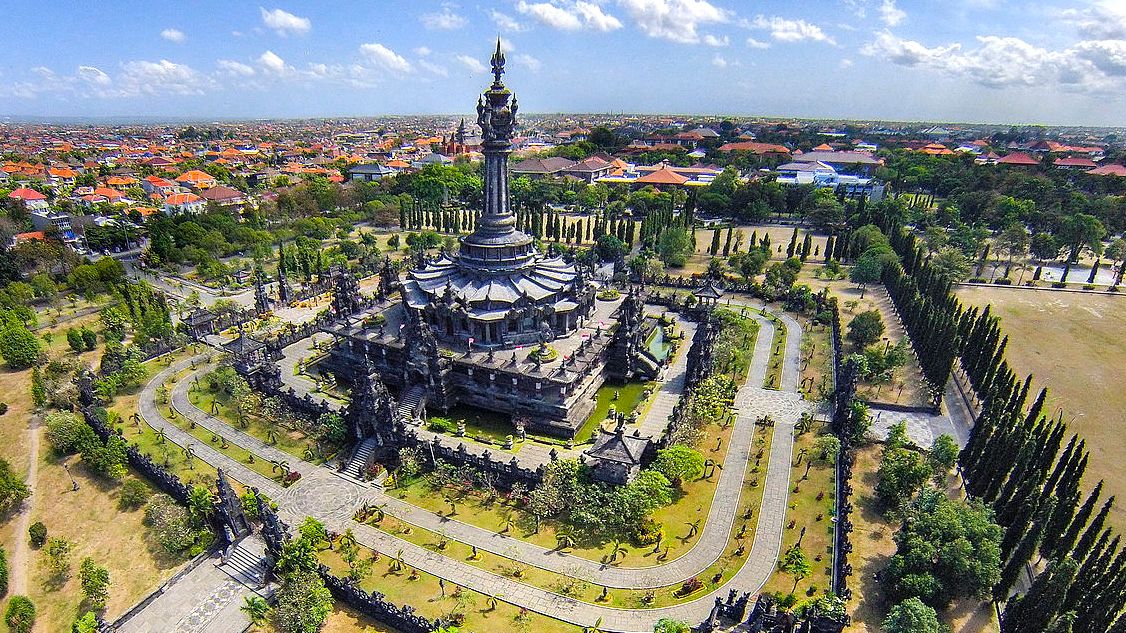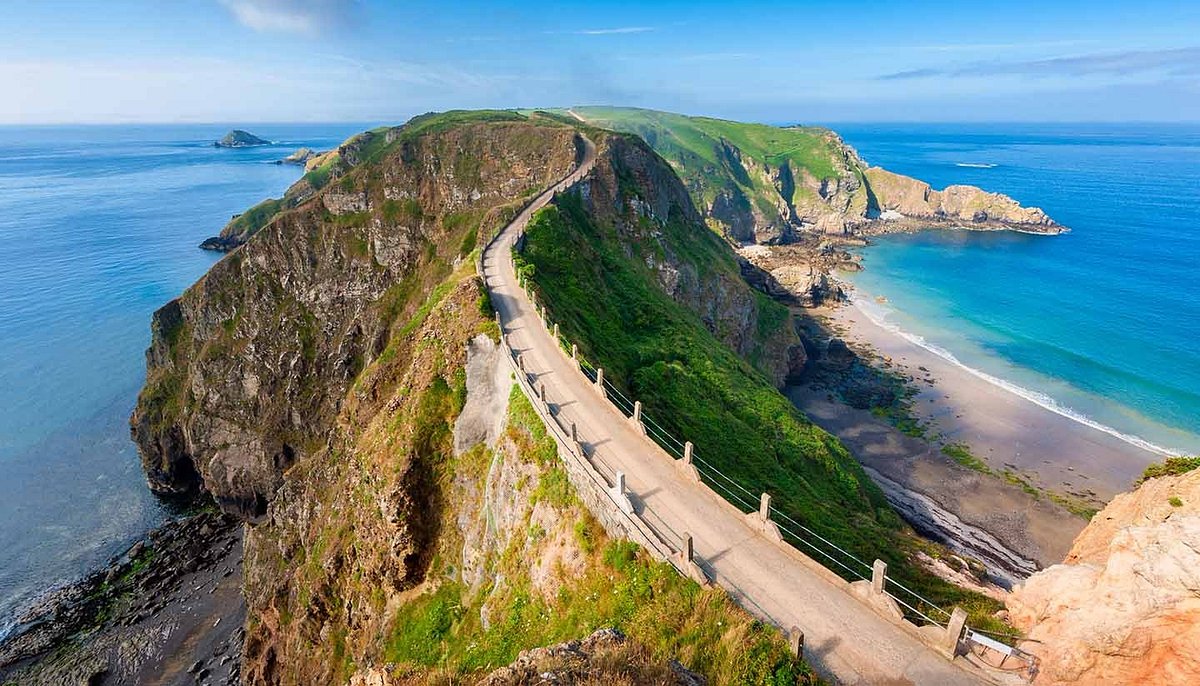America’s most historic cities have tales deeper than textbook timelines and more dramatic than what your history teacher might have told you. Beyond battlefields and founding fathers, these places hold strange scandals, rebellious revolts, and hidden heroes that helped shape the country. Here are ten of the most historic US cities, paired with the lesser-known stories that still echo through their streets.
1. Boston, Massachusetts: The Molasses Flood
We all know Boston for the Tea Party and Paul Revere, but did you ever hear about the Great Molasses Flood of 1919? A huge storage tank filled with 2.3 million gallons of molasses burst in the North End, creating a wave so powerful it crushed buildings and killed 21 people. Witnesses said the wave was 25 feet high and moved at 35 mph. Today, some locals say on hot days, the smell of molasses still lingers.
2. New Orleans, Louisiana: The Real Pirate City
Yes, jazz and Mardi Gras define New Orleans now, but in the early 1800s, it was a haven for smugglers and pirates. The most famous was Jean Lafitte, a French pirate who operated a black-market smuggling ring from nearby Barataria Bay. Ironically, he later helped Andrew Jackson defend the city during the War of 1812. In return, he and his men were pardoned. His legend still haunts the French Quarter.
3. Philadelphia, Pennsylvania: First White House Scandal
Everyone knows Philly as the birthplace of the Declaration of Independence, but few know that the first presidential scandal happened here. When George Washington lived in the President’s House in Philadelphia, he regularly rotated his enslaved workers back to Virginia every six months to avoid Pennsylvania’s abolition laws. One of them, Ona Judge, escaped and became one of the most famous runaways in early America.
4. St. Augustine, Florida: Oldest City With Dark Secrets
Founded in 1565, St. Augustine is the oldest continuously inhabited European settlement in the US. But its early history includes brutal attacks from pirates, slave uprisings, and bloody conflicts between the Spanish, British, and Native tribes. One lesser-known story involves Fort Mose, just north of the city, which became the first legally sanctioned free Black settlement in what would become the US, established in 1738 by formerly enslaved Africans who had escaped from British colonies.
5. Charleston, South Carolina: Hidden Rebellions
Charleston’s cobbled streets and antebellum homes paint a charming picture, but beneath it lies a story of revolt. Denmark Vesey, a free Black man and church leader, was accused of planning a massive slave rebellion in 1822. Though the uprising was thwarted before it could begin, Vesey’s legacy became a symbol of resistance. He was later honored with a statue in the city, after years of silence about the plot.
6. San Francisco, California: The Emperor Who Wasn’t
San Francisco may be known for its Gold Rush past and counterculture movement, but one of its most beloved figures was a self-declared emperor. Joshua Norton, a bankrupt businessman, proclaimed himself “Norton I, Emperor of the United States and Protector of Mexico” in 1859. Locals adored him, newspapers published his decrees, and he became a symbol of quirky San Francisco pride. When he died, thousands lined the streets for his funeral.
7. Salem, Massachusetts: More Than Witches
Most people associate Salem with its infamous 1692 witch trials, but few realize how deeply political and class-driven the accusations were. Many of the accused were outspoken women, property owners, or people who challenged Puritan authority. The trials were less about supernatural fear and more about social control and land disputes. Salem’s story is as much about power as it is about paranoia.
8. Washington, D.C.: A Swamp and a Scandal
Built on literal swampland, Washington was not an easy city to start. What many don’t learn is that in its early days, D.C. was a chaotic, often unpaved mess filled with political feuds and scandal. One lesser-known drama was the 1830s Petticoat Affair, where the wife of a cabinet member was socially ostracized. It caused such division that it led to resignations and reshaped Andrew Jackson’s entire administration.
9. Santa Fe, New Mexico: Older Than the Pilgrims
Santa Fe was founded in 1610, making it older than the Pilgrims’ landing at Plymouth. Spanish conquistadors, Native tribes, and missionaries all played roles in shaping its complex past. A major event not widely taught is the Pueblo Revolt of 1680, where Native Americans successfully drove out the Spanish for 12 years. It remains one of the most successful Indigenous uprisings in American history.
10. Chicago, Illinois: Fire, Corruption, and Rebirth
Chicago’s 1871 fire is well known, but the city’s rebirth is a story of wild ambition and shady politics. In the late 1800s, Chicago became a playground for political bosses, underground crime, and industrial chaos. Its 1893 World’s Fair was a symbol of progress, yet behind the scenes, serial killer H.H. Holmes built his “Murder Castle,” luring victims with the fair as a backdrop. It’s a city of contrasts: innovation and infamy all in one.
Final Thoughts
These cities helped shape America, but not always in the ways you were taught. Their stories are messy, bold, and often overlooked. From pirate alliances and emperors without crowns to daring escapes and buried rebellions, the past is far stranger than fiction.
The next time you visit a historic site, dig a little deeper. You just might uncover a tale that’s wilder than anything you ever heard in class.
